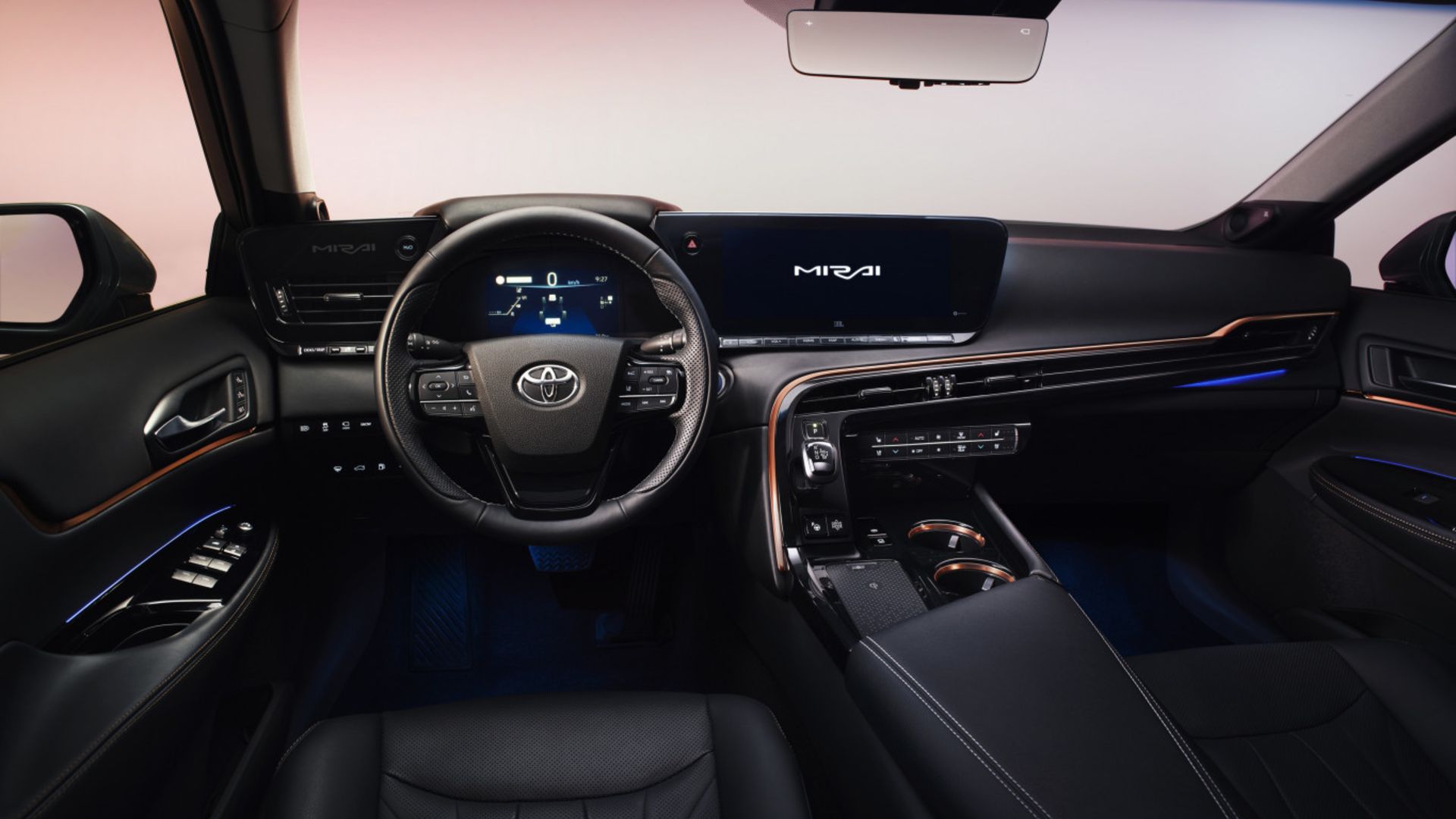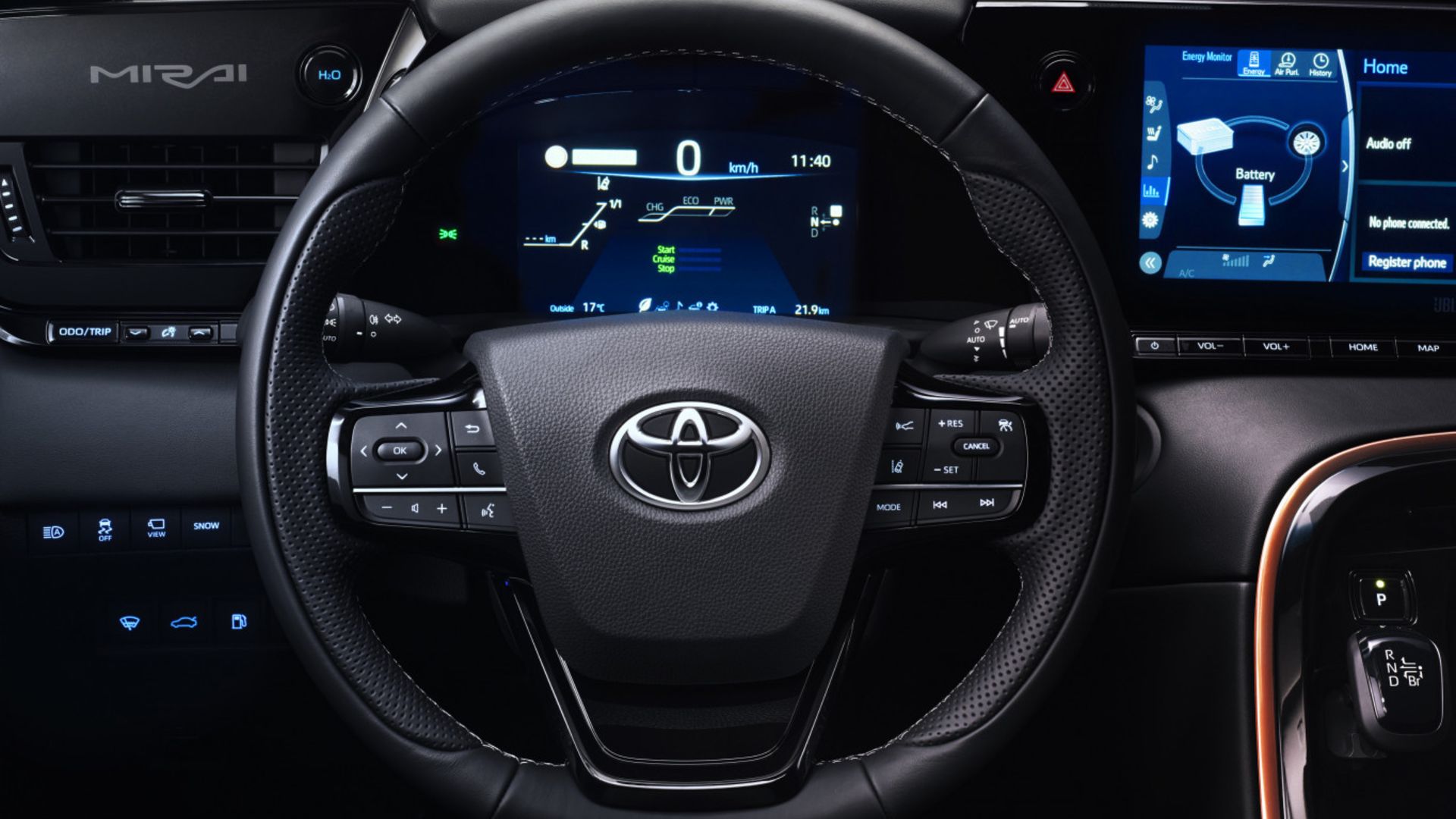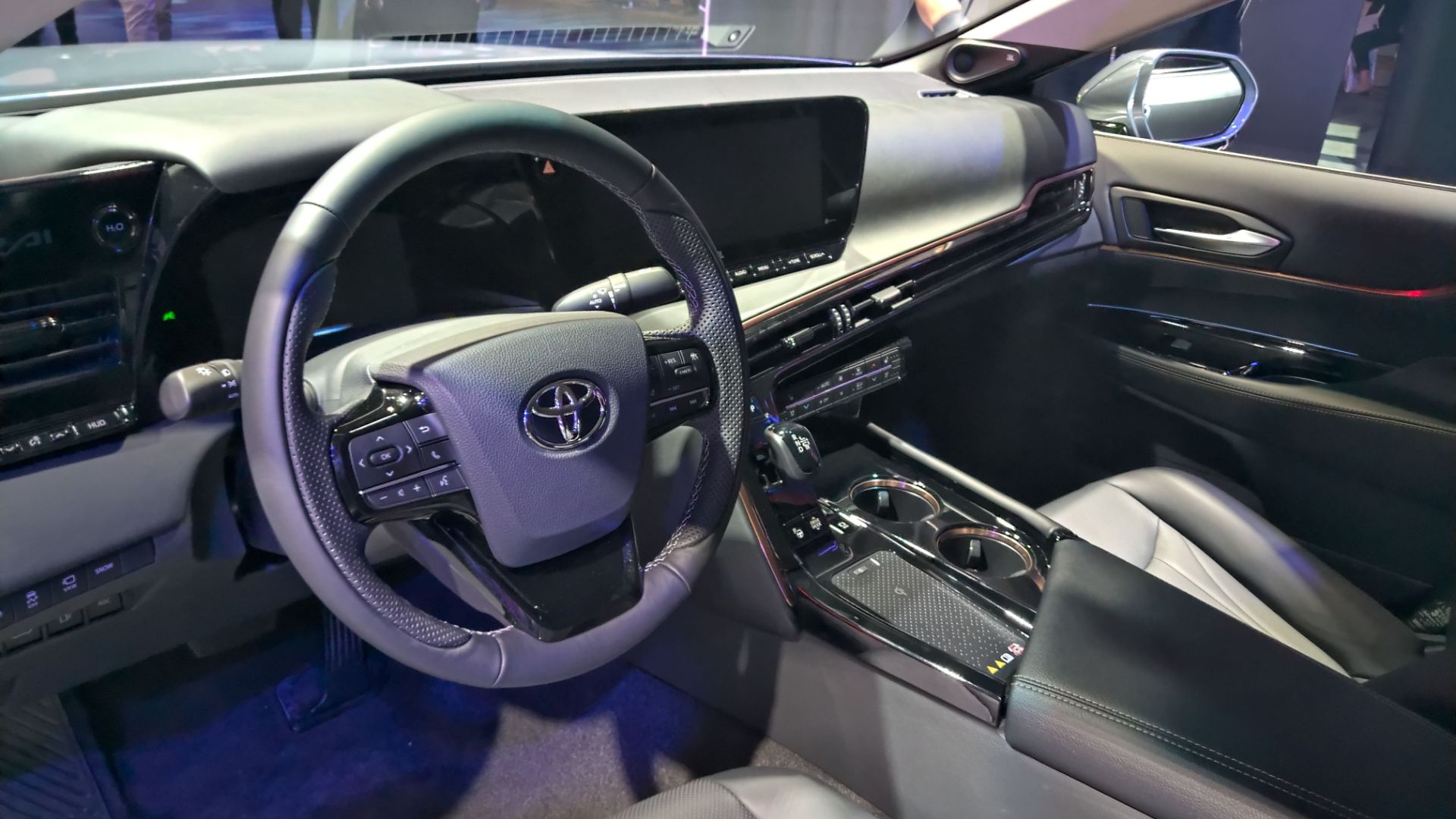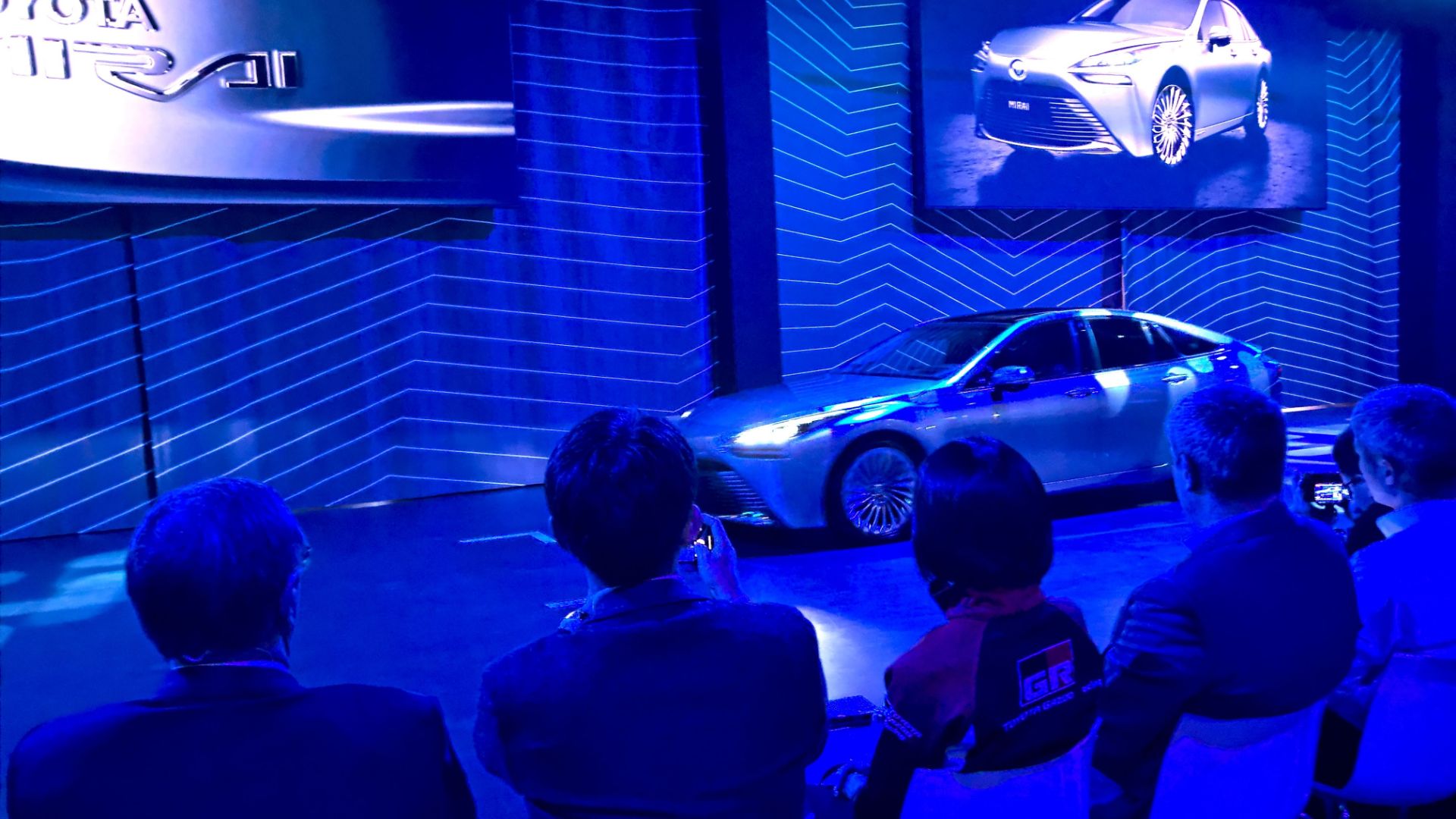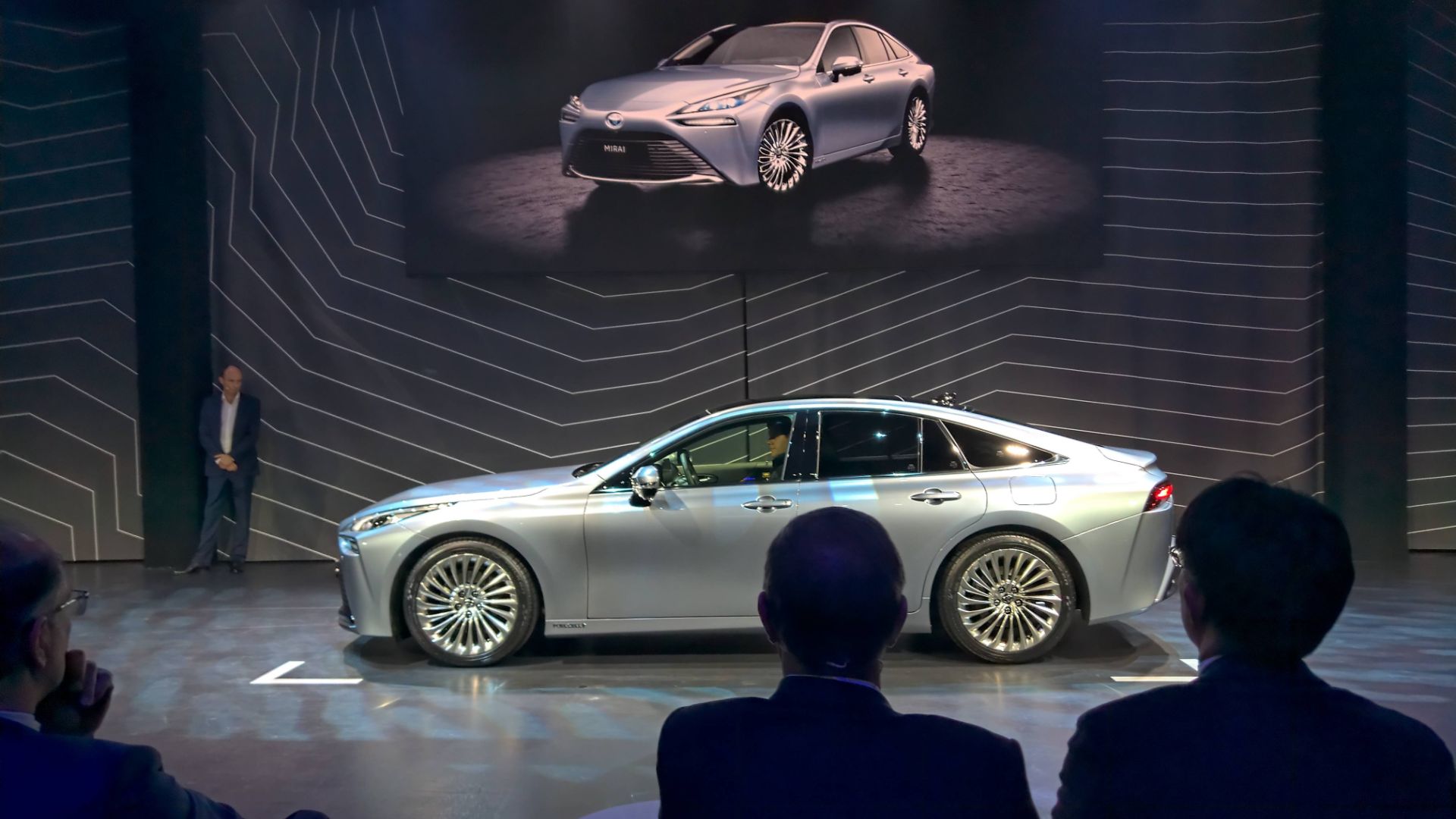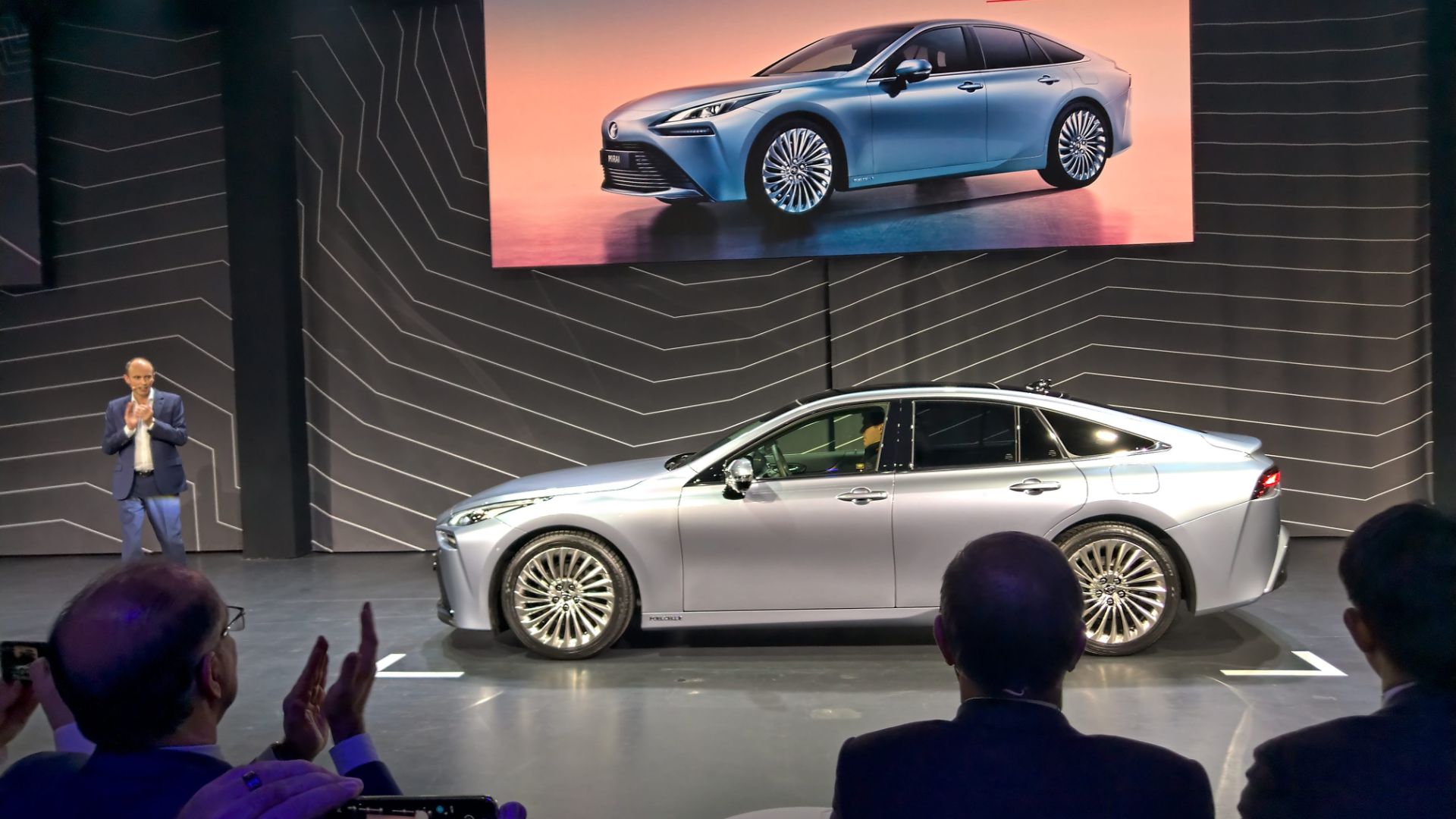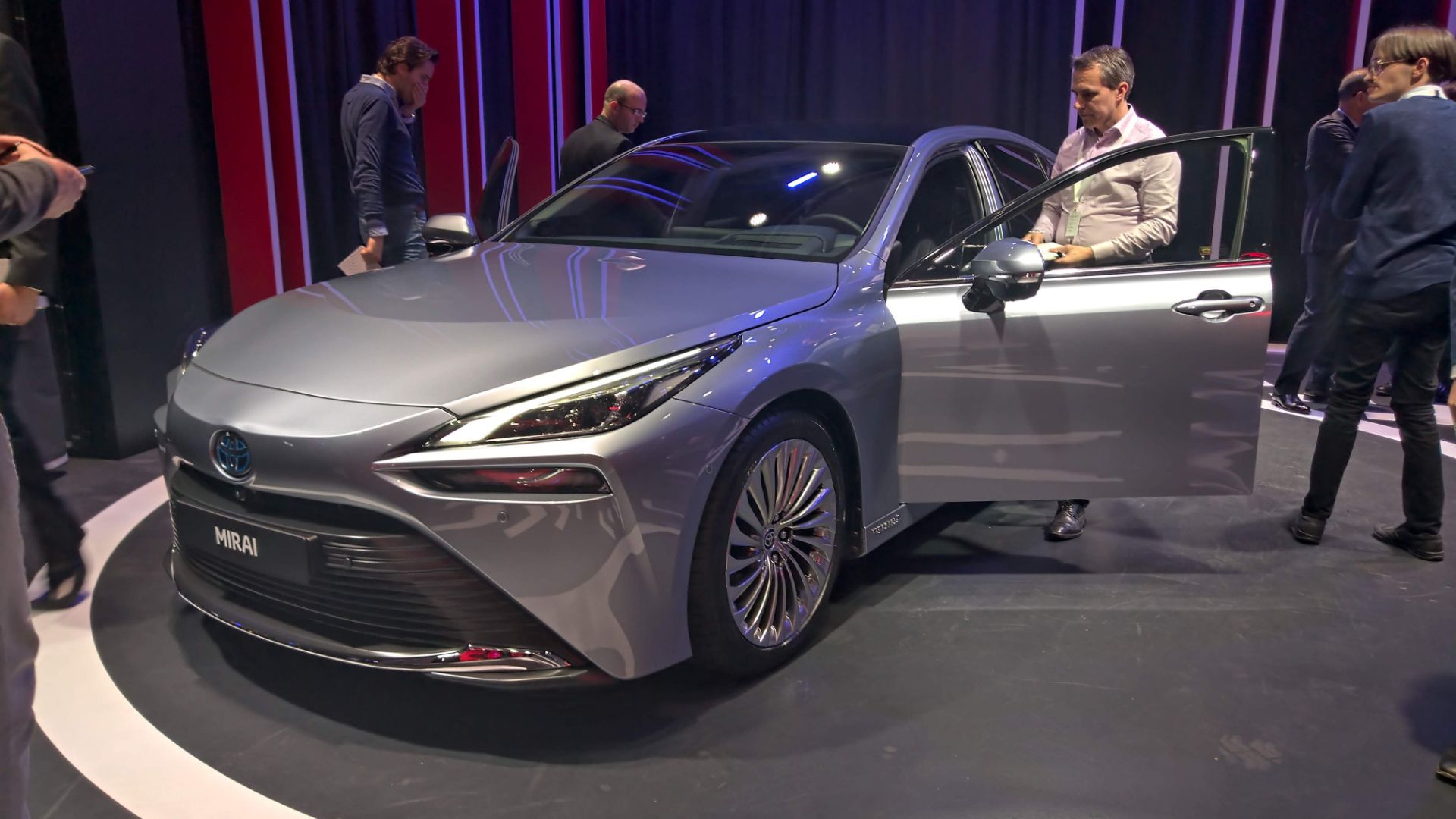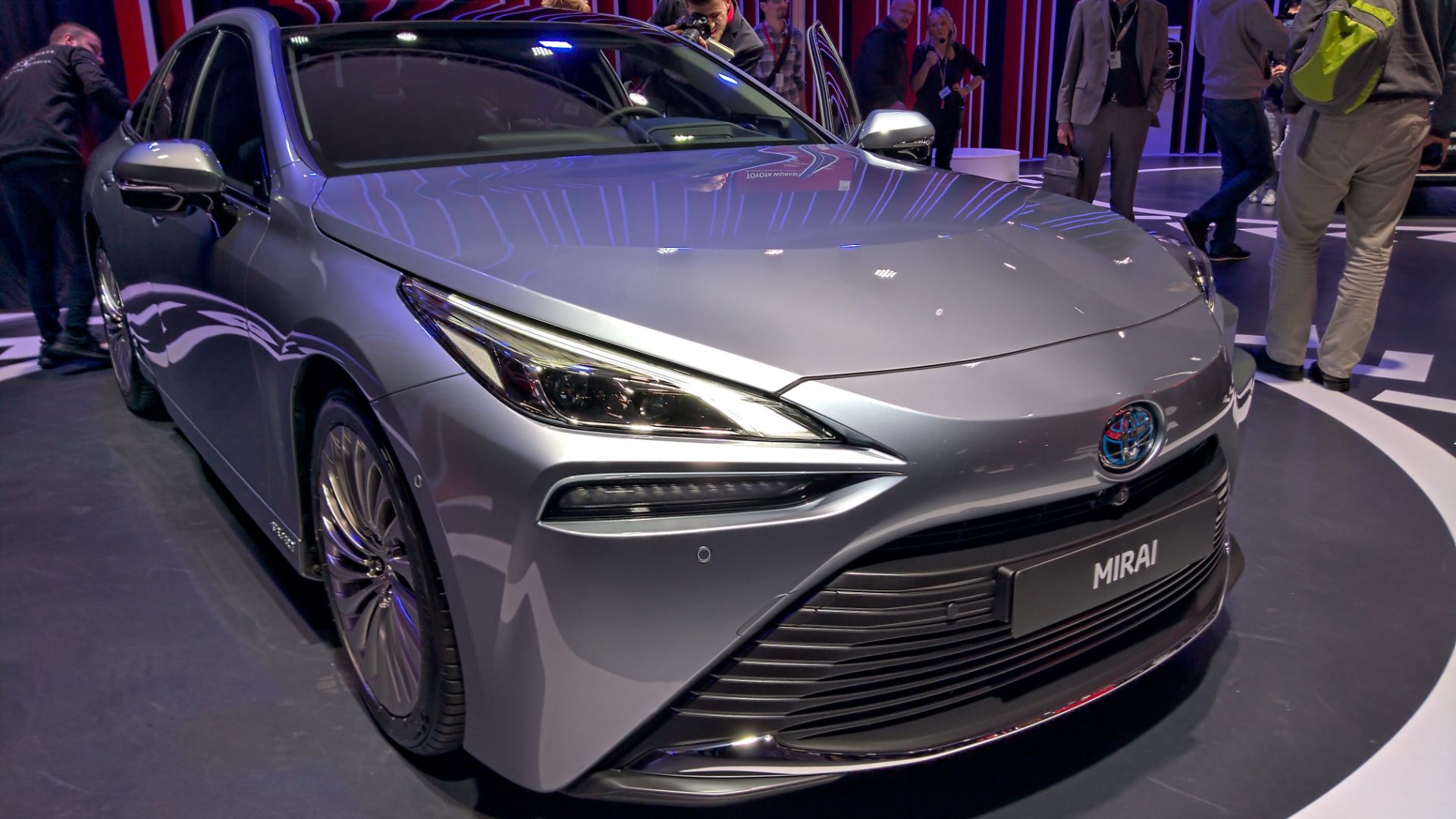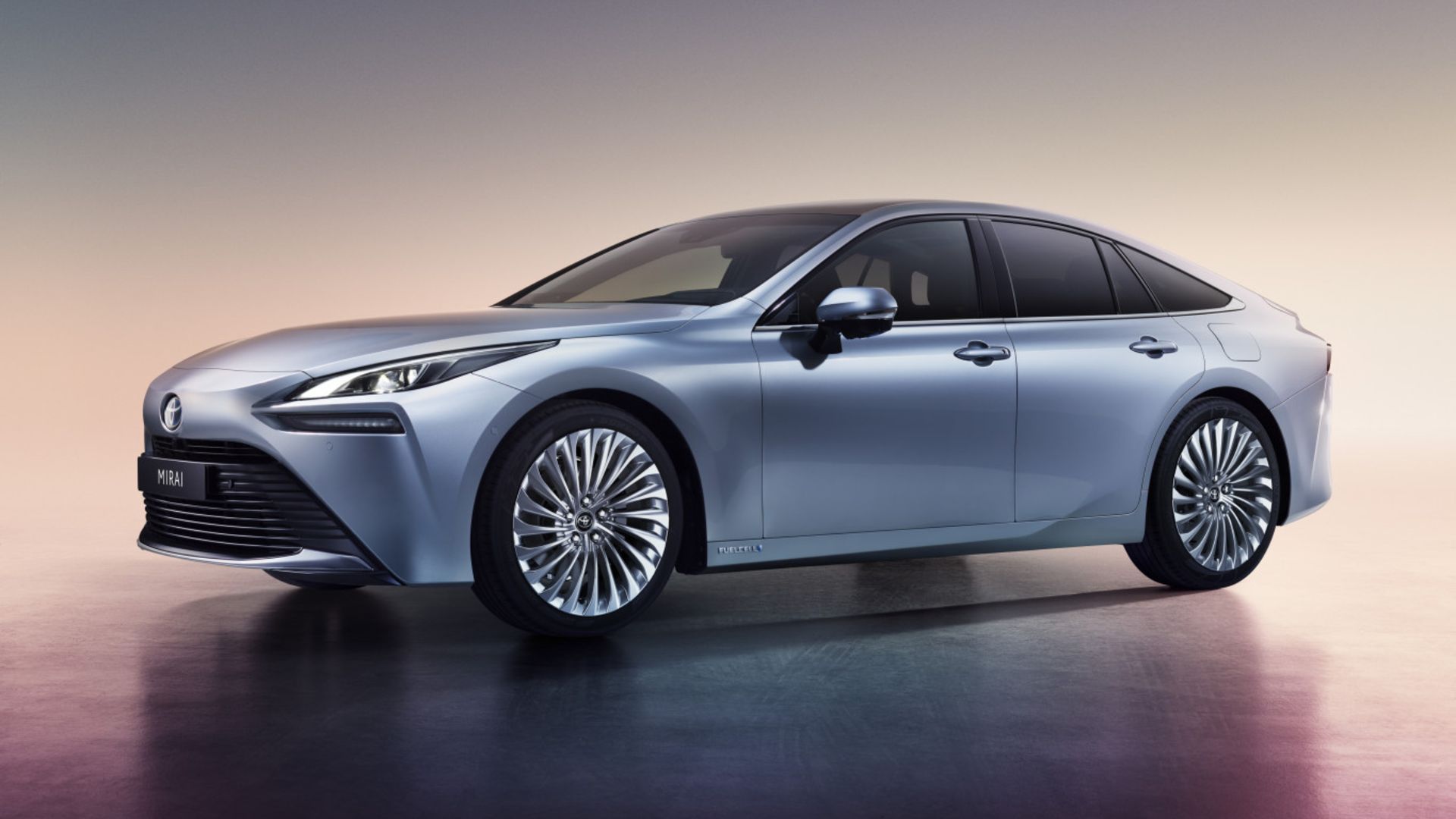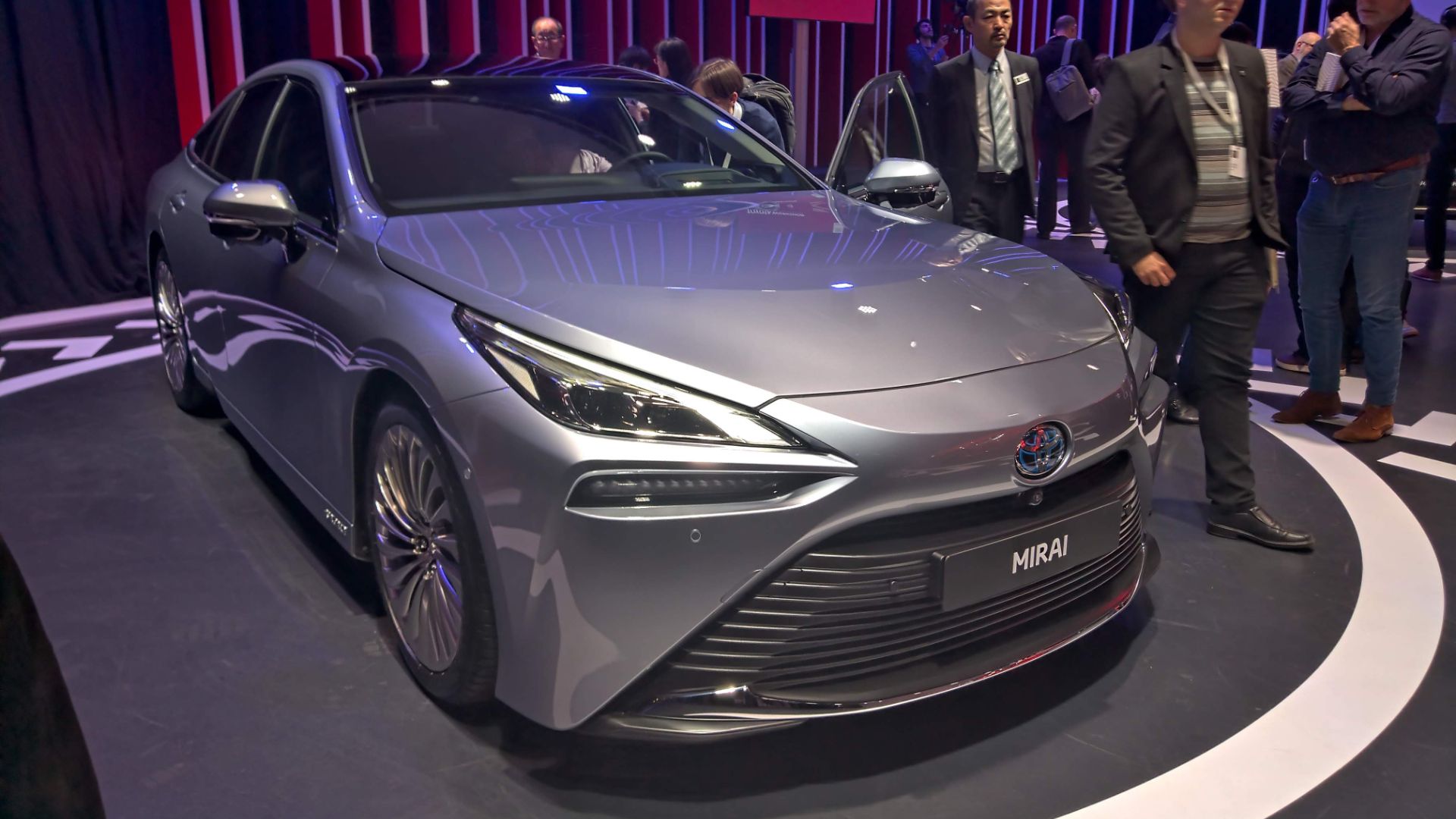
The hydrogen-powered Toyota Mirai was always a technological flagship, but its appearance left a lot to be desired. It was striking, for sure, but far short of appealing. As well as the advancements going on underneath, the 2020 Toyota Mirai has developed a swagger. We went to the Toyota Kenshiki Forum in Amsterdam for the reveal of the near-production version. Kenshiki means ‘insight’ or ‘creating understanding’. With that, we tried a bit of both with the second iteration of Toyota’s fascinating fuel cell flagship.
So why the sudden change? We don’t see the Prius turning into a BMW 4 Series Gran Coupe rival anytime soon. It’s because an image problem is the last thing a car trying to sell a concept needs. Indeed, Matt Harris, executive vice president of Toyota Motor Europe, describes the Mirai as Toyota’s vision of “the longer-term future of electrification”. The 10,000 Mirai units sold globally since 2015 doesn’t scream long-term. The Mirai needs to reach further.
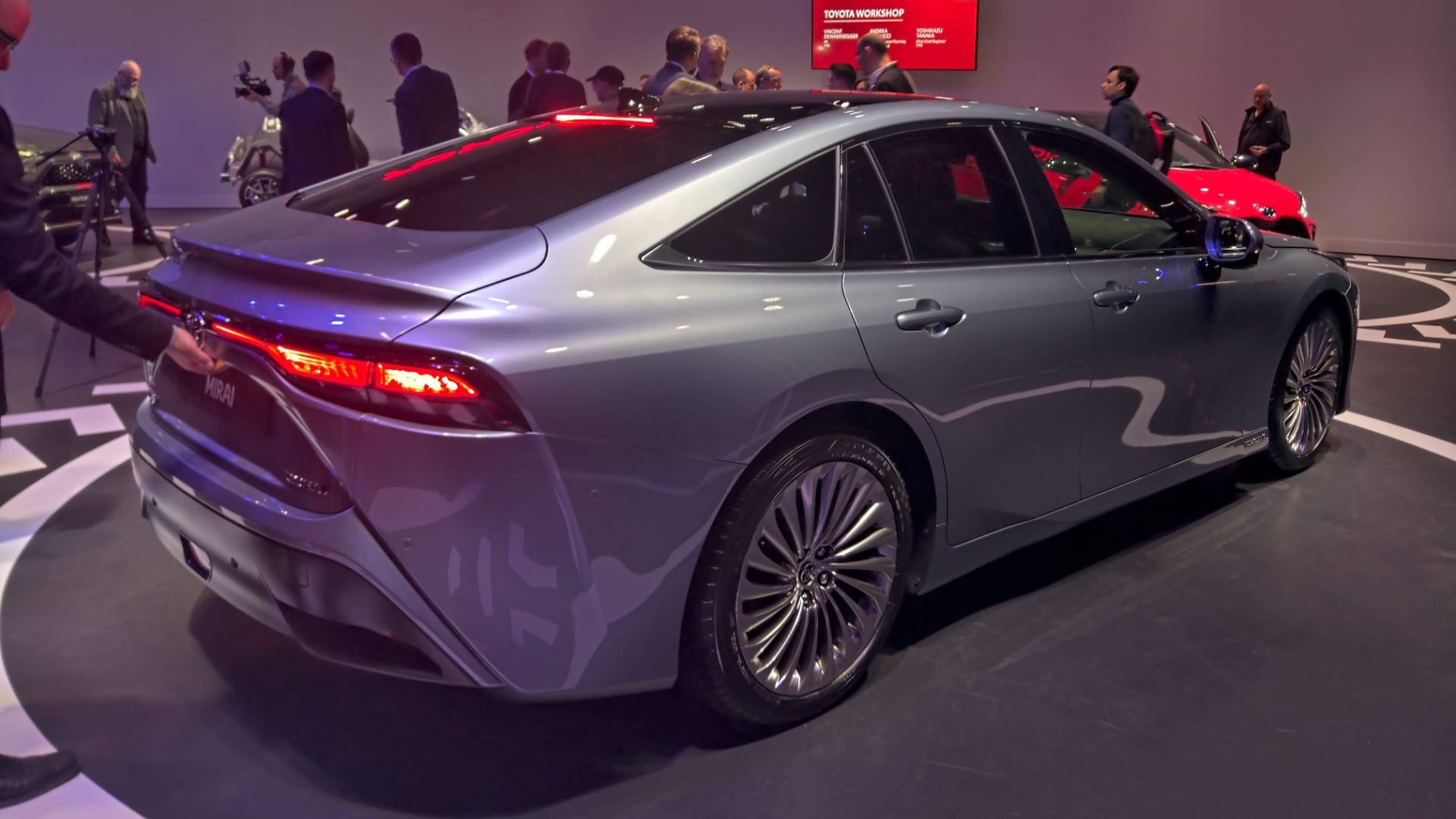
So the goal is to make a car that people desire and will enjoy driving. It wants the Mirai to be aspirational, rather than a statement of style martyrdom that the Prius and previous Mirai are so often described as. That it’s a Fuel Cell Electric Vehicle isn’t of consequence in this respect. In short, Toyota wants to do for FCEVs, what the Tesla Model S did for conventional EVs – make them desirable and therefore, impossible to ignore. A master-stroke by Toyota, given that the as yet unconfirmed price will inevitably remain steep. This looks much more like a £70,000 car than its predecessor.
“I want customers to say ‘I chose the Mirai not just because it’s an FCEV, but because I simply wanted this car; it just happens to be an FCEV,’“ says the Mirai’s chief engineer, Yoshikazu Tanaka.
Reshaping the Mirai – better looks, longer range and rear-wheel-drive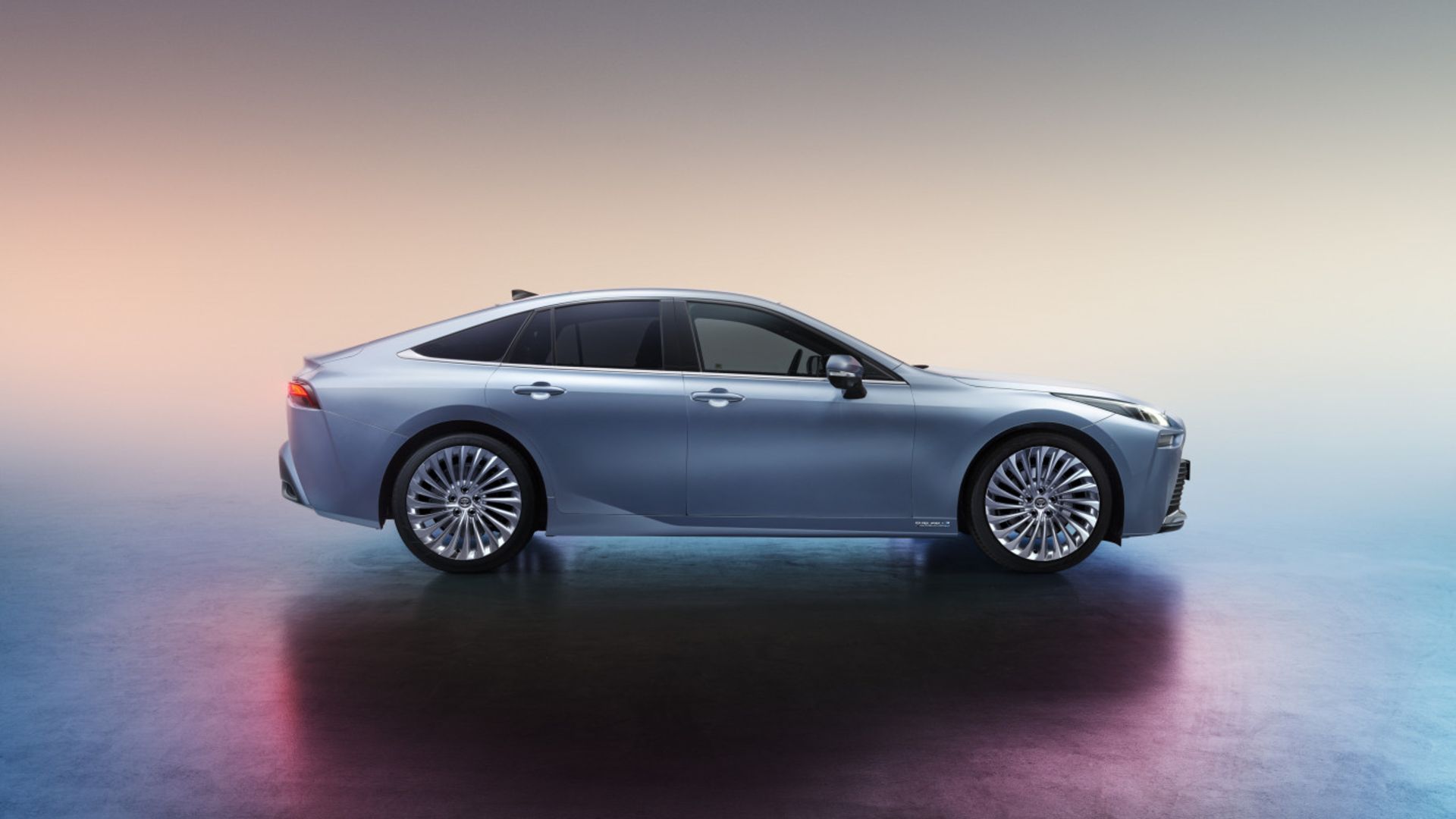
To the end of facilitating the Mirai’s reinvention, the right platform was needed. Under the skin is the new GA-L platform, which has been designed from the outset to take multiple powertrains, including hydrogen. It’s the largest within the Toyota New Global Architecture (TNGA) family, which will be familiar to those who have had a look under the skin of a Lexus LS. Could we see a luxurious hydrogen-powered Lexus at some point? “It’s entirely possible”, we were told.
The platform is the primary enabler of that arresting shape and facilitates more dynamic driving characteristics. In fact, being a close relation to a Lexus platform, the new Mirai is only the second of two Toyotas in the marque’s current lineup – alongside the Supra – to be rear-wheel-drive. While there were no allusions to Toyota’s FCEV cutting shapes and billowing smoke like a Mercedes-AMG, the new Mirai is said to have “a completely new character” in terms of its driving dynamics.
“We have pursued the goal of making a car that customers will feel they want to drive all the time,” Tanaka says of the car’s driving dynamics.
“A car that has an emotional and attractive design and the kind of dynamic and responsive performance that can bring a smile to the driver’s face.”
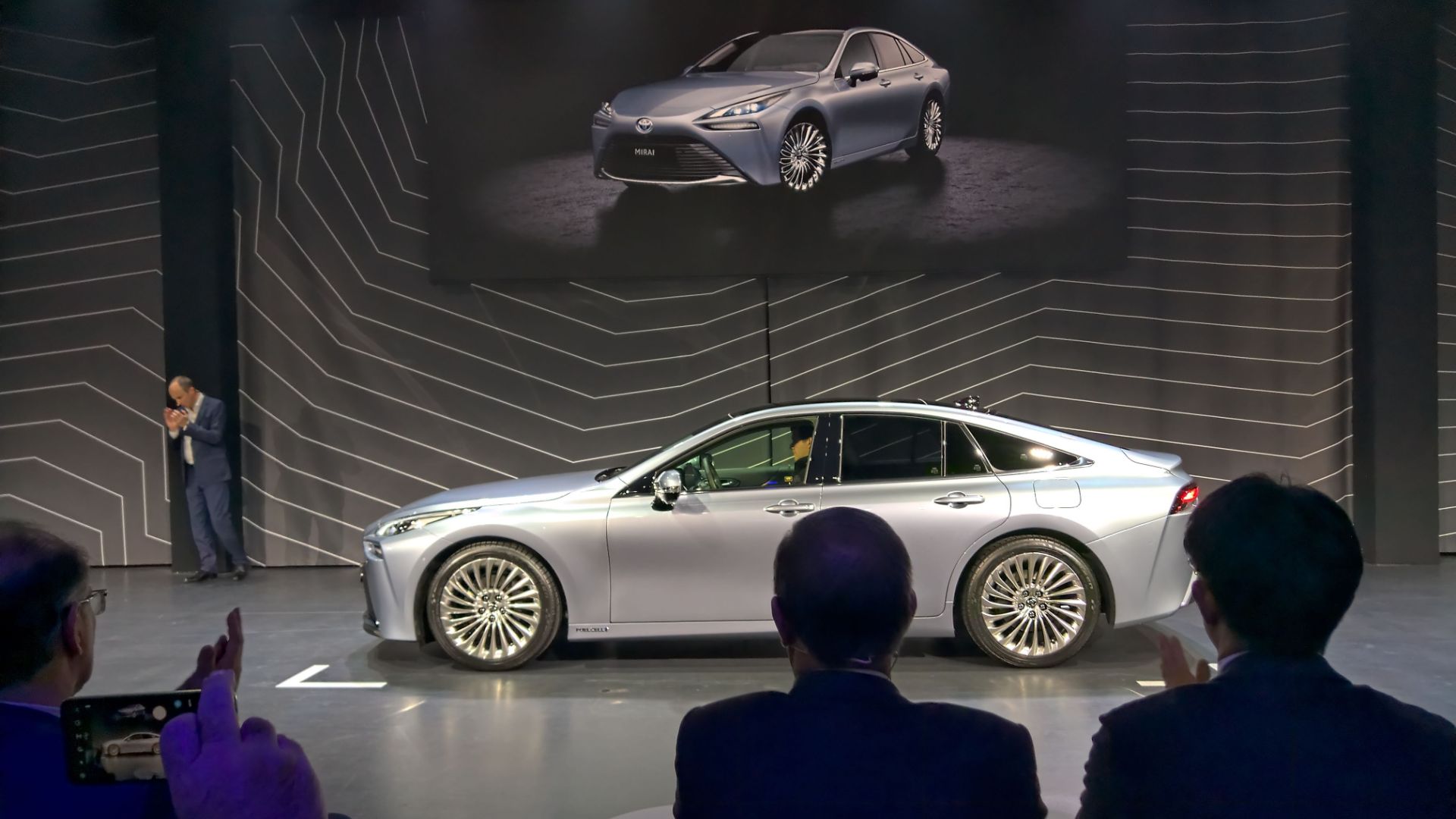
The larger platform has also allowed for improving the hydrogen fuel cell powertrain underneath. It employs fourth-generation Toyota hybrid motor and battery technology, alongside its second-generation fuel cells, for which there are now three tanks. The new Mirai’s range should, says Toyota, exceed the first-generation car’s by 30 percent.
Estimates are around the 400-mile mark (650 kilometers), improving on the original’s circa 300-mile range. That’s further than any current or imminent EV, and it can be ‘filled’ in the time it takes to fuel up a petrol car.
On the inside, it’s a tidy thing. You could almost slap a metallic ‘L’ on the wheel in place of the Toyota badge. The instrument panel wraps around the driver, and there’s an impressive crisp 12.3-inch central display. It’s not quite a Lexus LS, but it isn’t just a poshed-up Prius either.
Practically speaking, it’s a lot bigger. The layout of the new fuel cells means it can now seat five people, rather than the four that the previous car could manage. That said, headroom is a bit of a squeeze. The distance between those elegant 20-inch wheels is roughly 200mm less than a Lexus LS, but 140mm more than the outgoing first-generation car. It’s longer but lower – a proportional win afforded by that new platform.
Toyota Mirai – what’s the point?
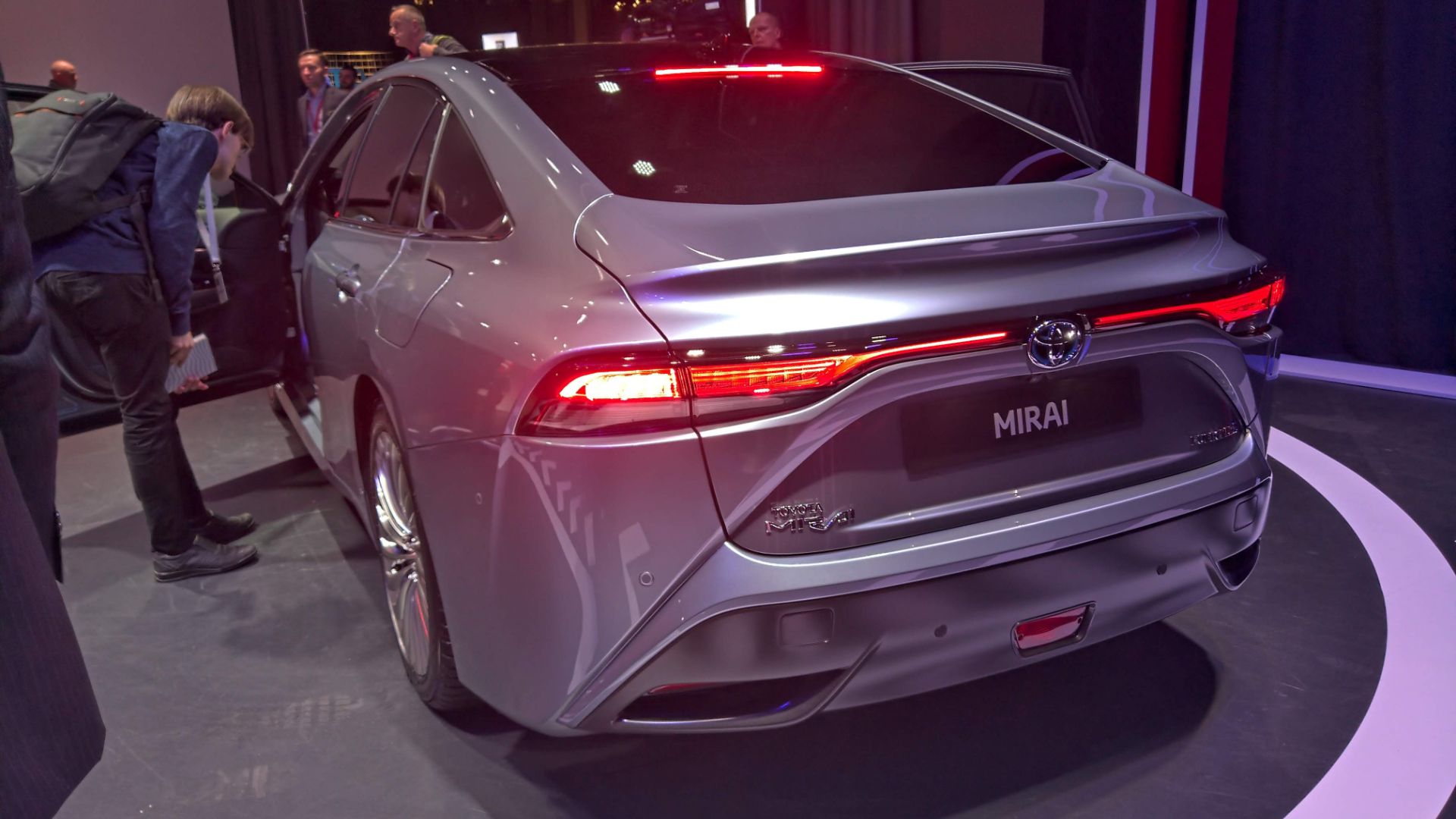
It’s the burning question around this car that, as conventional battery EVs have proliferated, ought to have become more and more difficult to answer. On the contrary – Toyota’s team of executives and engineers at the Kenshiki forum repeatedly defended its case.
Andrea Carlucci, director of product planning and marketing at Toyota Motor Europe, told us that it’s the essential fourth prong in its electric vehicle offering. Toyota considers itself a leader in the field of automotive electrification, having popularised the hybrid and plug-in hybrid formula. Yet as wholesale electrification remains in its infancy, it wants to cover all basis, explore all technologies and balloon its offering of every kind of EV. It appreciates that certain standards of electrification aren’t affordable at all budget levels, and wants to have offerings along as much of the affordability spectrum as possible.
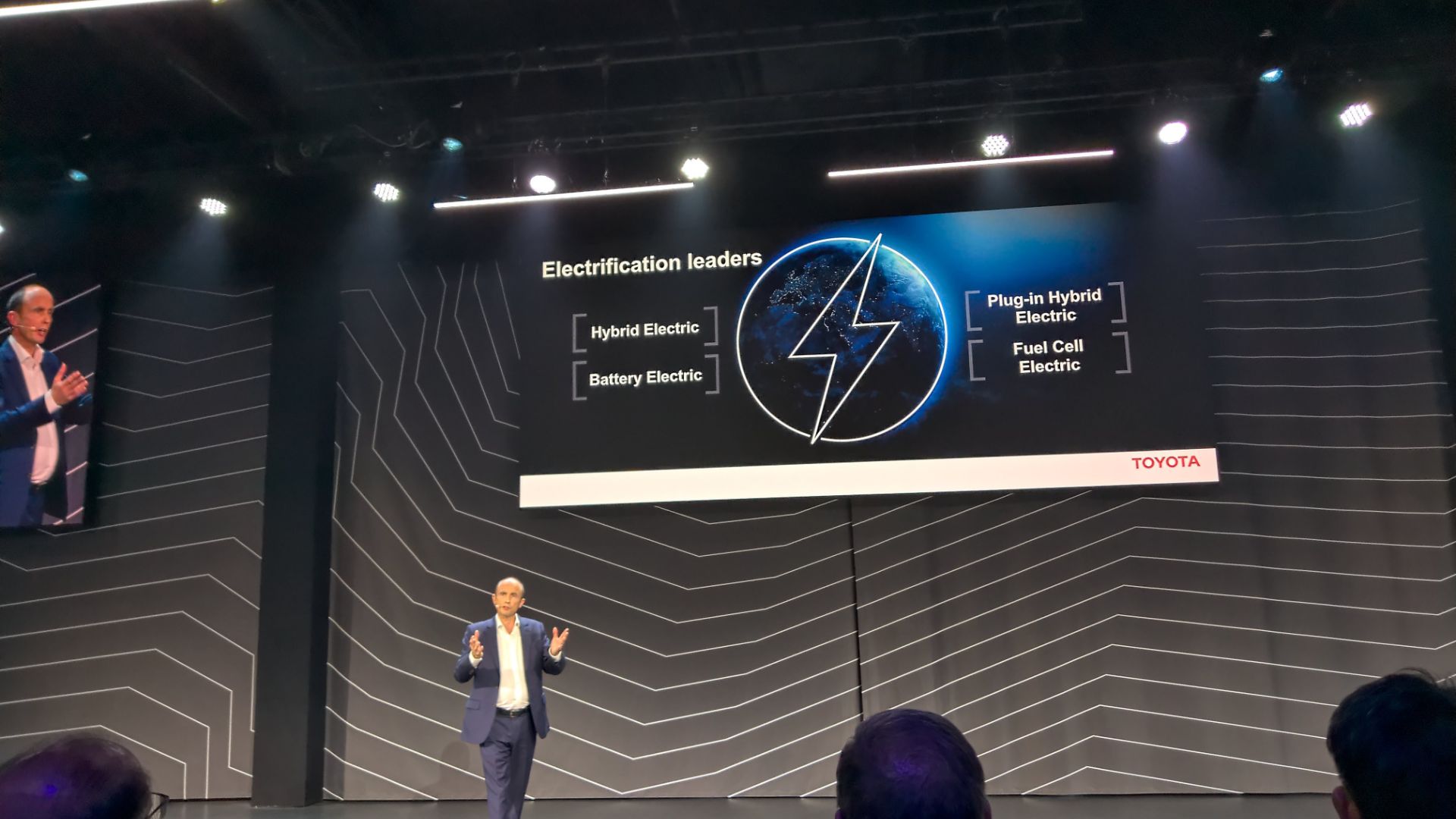
Conventional hybrids – like the new Yaris hybrid – are affordable. They’re good for urban motorists. They’re an entry point into the world of electrification right now. Plug-ins – like the new RAV-4 PHEV – offer the flexibility of selectable EV motoring and a combustion engine alongside. Full battery-electric vehicles are good for regulated areas, like emission-controlled cities. Finally, cars like the Mirai are designed for those who are carbon-conscious but still want a large aspirational vehicle and have distances to cover.
Its relevance isn’t in its sales, though. Though Toyota expects to sell more this time around, the car’s transformation isn’t intended to turn it into a volume or profit margin darling. The Mirai is a statement by Toyota. It says that this is a company that isn’t chasing the bottom line. It’s a reminder of Toyota’s standing as a pioneer in alternative fuel vehicles. It’s Toyota’s stamp on the fringes of zero-emission technology. It’s Toyota’s flagship, and with this reinvention, no longer in technology alone.
